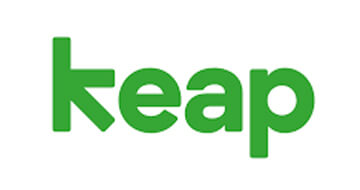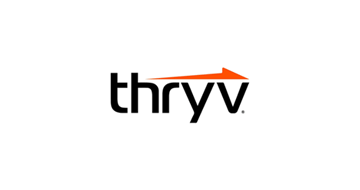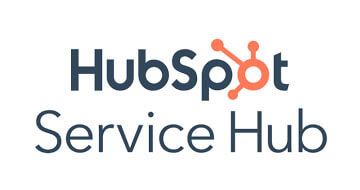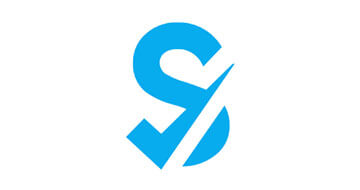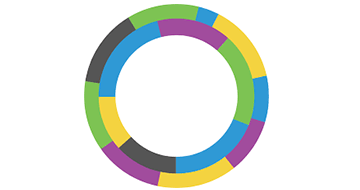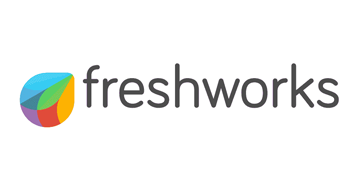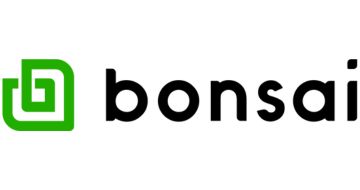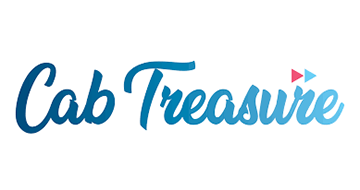What is Customer Management?
Customer management is an important part of any business, and it is crucial to have a system in place that allows you to track customer data and measure success.
By understanding your customers, you can better anticipate their needs and provide them with the desired level of service.
Additionally, good customer management can help to retain customers, as they will be more likely to return if they are satisfied with the experience they had.
It is important to keep up with the latest trends in customer management, as this will help you to provide the best possible service to your customers.
What is Customer Management Software?
Customer management software is designed to centralize and streamline customer-related activities. It enables companies to store and manage customer data, track customer interactions across multiple channels, and automate various processes. Customer management software enables companies to personalize communications, identify sales opportunities, and execute targeted marketing campaigns. It’s a valuable tool to better understand customers, nurture relationships, and increase business success.
How to Pick the Right Customer Management Software
At SaasGenius, we know how important it’s to choose the right customer management software for your business. Our platform provides trusted reviews of various customer management software providers and helps you find the best value software that meets your needs. We evaluate factors like features, scalability, ease of use, integration capabilities, and customer support so you can make an informed decision. Use our reviews to choose the customer management software that will improve your customer relationships and move your business forward.
Whether you need a solution for sales management, customer support, or marketing automation, SaasGenius has the information you need to find the best value software for your customer management needs. Strengthen your customer relationships and grow your business with SaasGenius today.
